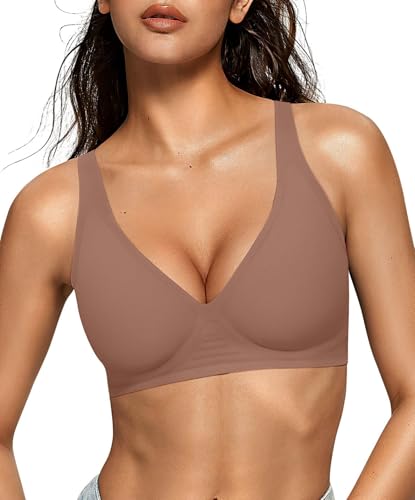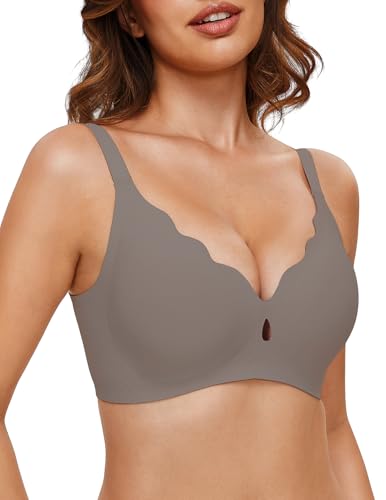Bra Size Chart
Looking for the perfect fit? Check Out These Best-Selling Bra.
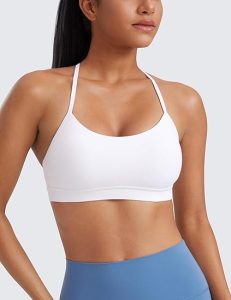
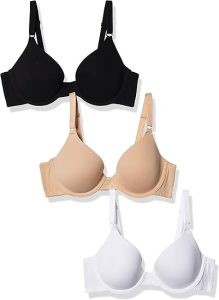
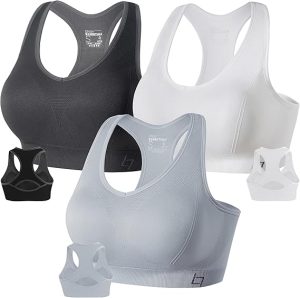
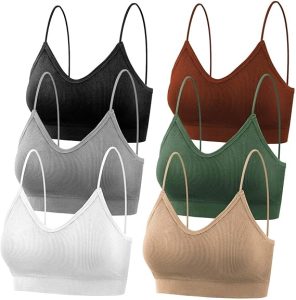
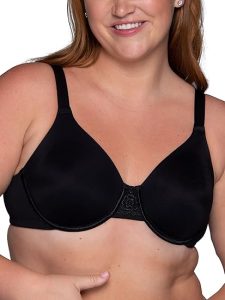
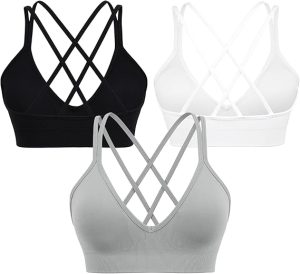
To create a bra size conversion tool, we would need a size chart that includes different bra size systems (like US, UK, EU, FR, etc.) and their corresponding measurements. Here is a common bra size conversion chart for reference:
Bra Size Conversion Chart
| US/Canada | UK | EU | FR/BE | IT | AU/NZ |
|---|---|---|---|---|---|
| 30A | 30A | 65A | 85A | 1A | 8A |
| 30B | 30B | 65B | 85B | 1B | 8B |
| 30C | 30C | 65C | 85C | 1C | 8C |
| 30D | 30D | 65D | 85D | 1D | 8D |
| 32A | 32A | 70A | 90A | 2A | 10A |
| 32B | 32B | 70B | 90B | 2B | 10B |
| 32C | 32C | 70C | 90C | 2C | 10C |
| 32D | 32D | 70D | 90D | 2D | 10D |
| 34A | 34A | 75A | 95A | 3A | 12A |
| 34B | 34B | 75B | 95B | 3B | 12B |
| 34C | 34C | 75C | 95C | 3C | 12C |
| 34D | 34D | 75D | 95D | 3D | 12D |
| 36A | 36A | 80A | 100A | 4A | 14A |
| 36B | 36B | 80B | 100B | 4B | 14B |
| 36C | 36C | 80C | 100C | 4C | 14C |
| 36D | 36D | 80D | 100D | 4D | 14D |
| 38A | 38A | 85A | 105A | 5A | 16A |
| 38B | 38B | 85B | 105B | 5B | 16B |
| 38C | 38C | 85C | 105C | 5C | 16C |
| 38D | 38D | 85D | 105D | 5D | 16D |
How to Use the Conversion Tool
You can provide a specific bra size, and based on this chart, I can convert it to other sizing systems for you.
For example:
- If you have a US size 34B, I can convert it to the UK, EU, FR, and AU sizes using the conversion chart.
Let me know if you’d like a specific size converted, or if you’d like to build a more interactive tool! I can also guide you through calculating or converting a particular bra size based on measurements (underbust and bust measurements).
Calculate Your Cup Size
- Subtract your band size from your bust size.
- The difference between these measurements determines your cup size.
| Difference (in inches) | Cup Size |
|---|---|
| 1 inch | A |
| 2 inches | B |
| 3 inches | C |
| 4 inches | D |
| 5 inches | DD/E |
| 6 inches | DDD/F |
| 7 inches | G |
Bra Size Formula:
- Bra size = Band Size + Cup Size
- For example, if your band size is 34 inches and your bust measurement is 37 inches, the difference is 3 inches, which corresponds to a C cup. Therefore, your bra size is 34C.
Example of a Bra Size Chart
| Band Size (inches) | Under Bust Measurement (inches) | Bust Measurement (inches) | Cup Size | Bra Size |
|---|---|---|---|---|
| 28 | 26-28 | 28-29 | A | 28A |
| 30 | 28-30 | 30-31 | B | 30B |
| 32 | 30-32 | 32-33 | C | 32C |
| 34 | 32-34 | 34-35 | D | 34D |
| 36 | 34-36 | 36-37 | DD/E | 36DD/E |
| 38 | 36-38 | 38-39 | DDD/F | 38DDD/F |
| 40 | 38-40 | 40-41 | G | 40G |
International Size Conversion
Bra sizing can vary by country. Here’s a general guide to converting sizes internationally:
| US Size | UK Size | EU Size | FR Size | AUS Size |
|---|---|---|---|---|
| 34B | 34B | 75B | 90B | 12B |
| 36C | 36C | 80C | 95C | 14C |
| 38D | 38D | 85D | 100D | 16D |
| 40DD | 40DD | 90DD | 105DD | 18DD |
Additional Bra Sizing Tips:
- Band size may need to be adjusted depending on the brand, as some bras may fit differently.
- If your band size feels too tight or too loose, try adjusting by going up or down a size.
- Cup size is just as important as band size, so try to focus on both for the best fit.
- Sister sizing: If one size doesn’t fit well, you can try a sister size. For example, if you usually wear a 34B and it’s too tight, you could try a 36A or 32C. These sizes will adjust the fit while maintaining the same cup volume.
Bra Fit Test:
- The band should be snug but comfortable. It should stay in place when you raise your arms, and the straps should not bear the full weight of your breasts.
- The cups should fully cover your breasts without any spillage or gaping.
- The straps should stay in place without digging into your shoulders.
Frequently Asked Questions
1. What is a bra size, and how is it measured?
- A bra size consists of two parts: a number (band size) and a letter (cup size). The number represents the circumference around your ribcage, while the letter refers to the volume of your breasts. A bra size is typically written as something like 34B or 36D, where:
- Band size (e.g., 34, 36, etc.) is the measurement around the ribcage, just below the bust.
- Cup size (e.g., B, D, etc.) is determined by the difference between your band size and your bust measurement.
2. How do I know my band size?
- To measure your band size, use a soft measuring tape around your ribcage, just beneath your breasts. Make sure the tape is level and snug. Round this measurement to the nearest whole number. If the measurement is even, add 4 inches to get your band size. If it’s odd, add 5 inches.
3. How do I know my cup size?
- To measure your cup size, measure around the fullest part of your bust, ensuring the tape is comfortably snug but not tight. Subtract your band size from this measurement. Each inch of difference corresponds to one cup size (e.g., 1 inch = A, 2 inches = B, 3 inches = C, etc.).
4. Why do bra sizes vary across brands?
- Bra sizing can vary slightly between brands because there is no universal standard for how sizes should be defined. Each brand may have its own interpretation of sizing, so it’s important to try on bras or check the brand’s specific sizing chart.
5. What if I measure a size that doesn’t match standard sizes (like 34C)?
- Some brands offer unique or non-standard sizing options. In such cases, you may find a different fit with another brand or model, so always try on bras to ensure comfort. For example, if your measurements fall between two sizes, you might prefer the fit of one size over the other.
6. What does a 32B vs 34B bra size mean?
- The band size (32 vs 34) refers to the measurement around your ribcage. A 34B would have a larger band circumference than a 32B. However, the cup size (B) remains the same. Essentially, a 34B has a slightly looser band, but the breast cup size is the same.
7. Can my bra size change over time?
- Yes! Your bra size can change due to factors like weight fluctuation, hormonal changes (pregnancy, menstruation, menopause), age, or physical activity. It’s a good idea to measure your size every six months to a year.
8. What does “sister sizing” mean?
- Sister sizing refers to finding a different size that may fit similarly to your usual bra size. For example, if you’re a 34B and find it too tight or loose, you could try a 32C or 36A. Sister sizes keep the same cup volume, but the band size differs.
9. What is the difference between a balconette, plunge, and full coverage bra?
- Balconette bras provide lift and have a horizontal neckline, creating a rounded shape.
- Plunge bras have a deep V-neckline, offering minimal coverage and are ideal for low-cut tops.
- Full-coverage bras offer maximum coverage and support, providing a more secure fit and are great for everyday wear.
10. Why do I sometimes feel uncomfortable in a bra even though it fits?
- Comfort can be affected by the style, fabric, or cut of the bra. A bra may technically fit, but if the straps are too tight, the band is too loose, or the cup is not shaped correctly for your body, it may feel uncomfortable. Trying different styles and adjusting the fit can help.
11. How do I know if my bra is the correct fit?
- When your bra fits correctly:
- The band should stay level with the ground around your ribcage and feel snug, but not tight.
- The cups should fully encase your breasts without spilling over or gaping.
- The straps should sit comfortably on your shoulders without digging in or slipping off.
- You should be able to fit two fingers underneath the band while it’s fastened on the loosest hook.
12. Can wearing the wrong size affect my health?
- Yes! Wearing the wrong size can lead to discomfort, back pain, shoulder pain, and poor posture. Inadequate support from an ill-fitting bra can also lead to skin irritation or discomfort.
Conclusion
understanding your bra size is essential for comfort, support, and confidence. By measuring both your band size and cup size correctly, you can find a bra that fits well and provides the right amount of support. Remember that sizing can vary across brands, and factors such as weight changes, age, and hormonal fluctuations can affect your measurements over time. Don’t hesitate to explore different styles and adjust to find what works best for your body. A well-fitting bra not only improves your comfort but also enhances your overall posture and appearance.
If you ever feel unsure, getting professionally measured or trying on various sizes can help ensure you find the perfect fit.
More Tools

